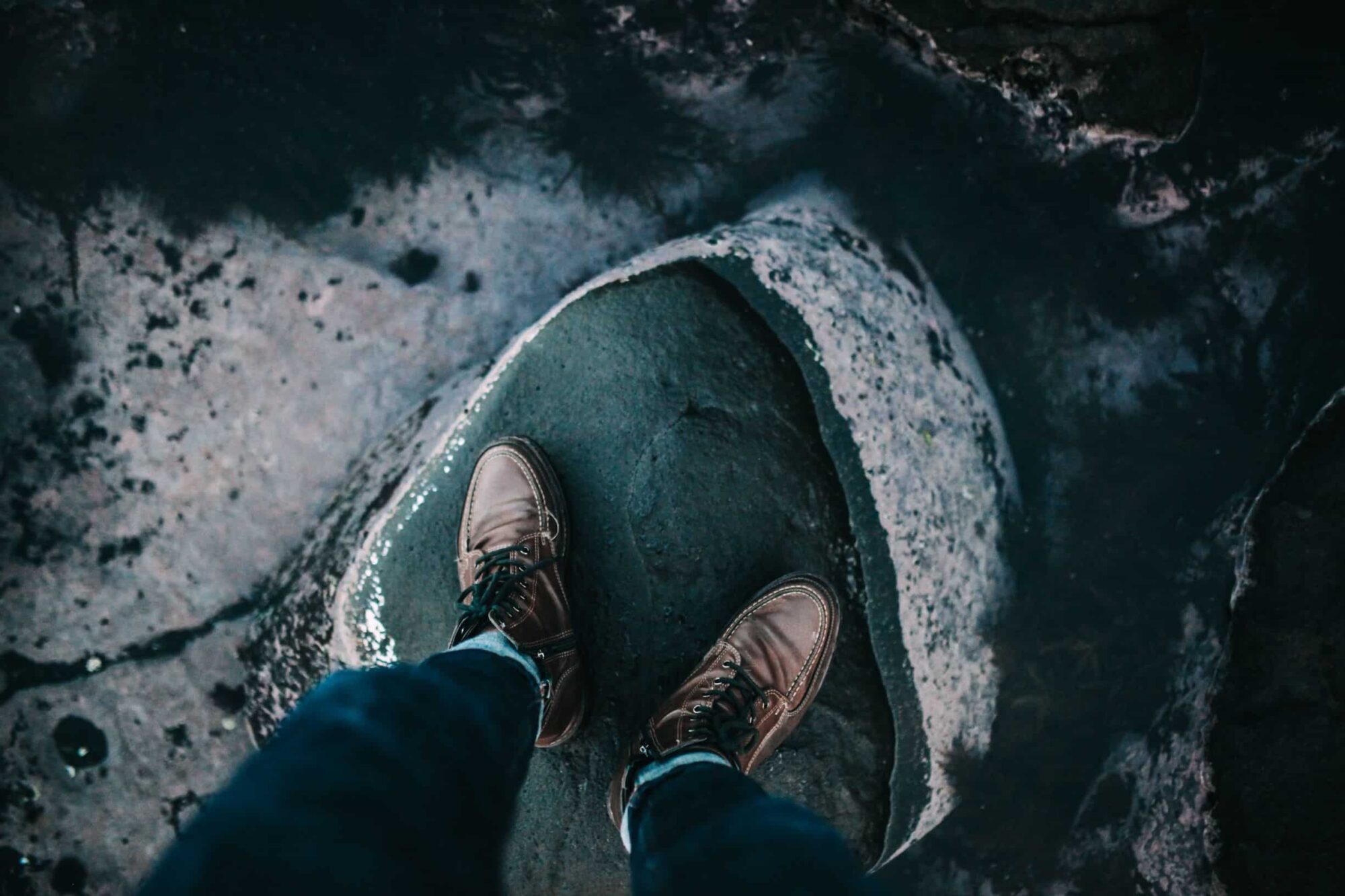We can all identify certain things we are afraid of. Public speaking, snakes, heights, spiders, social situations, enclosed spaces, flying, clowns, and injections (think flu shot) are among some of the most commonly reported fears. When it comes to these fears, there’s a spectrum of fright intensity that ranges from intense dislike to total avoidance of anything that has to do with the thing or the situation that causes the fearful emotional response. In the most severe cases, contact with anything associated with the anxiety-provoking stimulus can cause an extremely anxious response or panic attack that usually leads to doing whatever necessary to separate oneself from the place or situation. This is called a phobia. A person phobic of spiders might become extremely anxious at the mere mention of spiders in a conversation or when seeing one in a magazine – despite the logic indicating that there’s no real risk of danger. The phobic individual in this case, knows on a cognitive level that the fear is irrational, yet can’t seem to shake it. It gets in the way of life and drastic measures are taken to avoid hearing about, seeing, or encountering a spider. It becomes consuming and eventually leads one to being not only afraid of the thing causing the fear, but also the response one might have when in contact with it.
Phobias develop for different reasons, but often have roots in areas I’ll outline here.
1 – Evolutionary survival reasons – Most phobias have some link to self-preservation and safety. We are wired to survive, so naturally it would make sense that we would be wired in a way that would keep us safe and alive. This allows us to make some sense of fears like that of sharks, snakes, spiders, water, heights, sharp objects, or any other situation that could be potentially dangerous. In most cases, the fear associated with these things is out of proportion to the actual level of danger.
2 – A past experience – many phobias can be linked to a one-time traumatic memory. It is very likely, for example, that someone who has a dental-related phobia had a previous negative experience with the dentist that caused an intense level of discomfort. It might also be the case that a panic attack or some other negative experience was associated with the fear-inducing stimulus. A person who has a panic attack at a social function, for example, might develop a phobia related to socials situations or everyday public interactions.
3 – Genetics and environment – We sometimes inherit phobias from our parents for reasons related to genetics or learned behaviors.
Regardless of the reason for any particular phobia, they tend to get worse over time left unaddressed. The reason for this is that people with phobias learn that the best way to get relief from the anxiety-provoking stimulus, is to either avoid the stimulus altogether (ex: decide never to fly again) or to escape when one encounters a situation that causes the fear and anxiety (ex: leaving a social situation immediately when any anxiety symptoms start to surface). These responses reinforce the phobia and condition your brain to avoid/escape. When for whatever reason you can’t avoid or escape, the terror becomes immense.
Is it possible, you might be wondering, to truly overcome and conquer fears? The answer is a straightforward and confident, YES. How, you might ask? It really all boils down to the age-old idea of “facing your fears”. It might not, however be quite as simple as that…and for quality, safe, and lasting results (that don’t end up making the fear any worse), this process of “facing your fears” is best done with the guidance of a person professionally trained in what’s called Exposure Therapy. Exposure therapy is a type of therapy that involves creating a fear hierarchy and slowly exposing oneself to anxiety-provoking situations in a controlled manner with the accompanied use of relaxation techniques. The goal, essentially, is to desensitize one to the thing that causes the anxiety over time. Therapy for phobias also commonly includes Cognitive-Behavioral components which address the role of irrational/distorted thinking as it relates to our fears. To read more about Exposure Therapy, click here.
Because Exposure Therapy really does involve facing one’s fears, it’s clear to see why one might be hesitant to seek help for a phobia. Who wants to sign up for something that will cause fear and anxiety, when the goal is to get rid of the fear and anxiety?! The answer to that question is that Exposure Therapy is really truly effective when done properly. Exposure therapy involves taking on some short-term discomfort for the kind of freedom that can be gained from living a life without crippling fear…And because Exposure Therapy is controlled and done at a pace you’re comfortable with (in a safe and non-judgmental setting), it doesn’t have to be as scary as it sounds.
It’s not the case that the only way to overcome a fear involves needing to contact a Therapist. For those fears that don’t necessarily evoke a debilitating response, you can practice exposure yourself by viewing situations you are afraid of as “opportunities” to face your fear. Make that dentist appointment you’ve been putting off. Make that speech. Take that flight. Go to that social get together. Most importantly, breathe, practice, and repeat. In no time, you’ll find that your fear no longer has the same level of control over you.
If you’re seeking therapy to address any particular phobia you might have, send us a message or call/text 727-258-5231 so we can help you decide if we’ll be a good fit for working with you.

